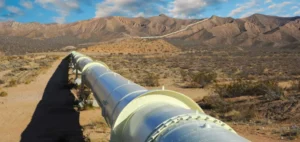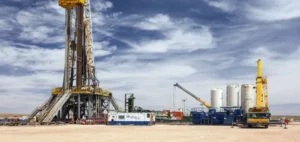The U.S. Energy Information Administration (EIA) released its latest short-term energy outlook report on March 7. According to the report, renewables are expected to account for 24 percent of U.S. electricity generation this year, rising to 26 percent by 2024. In 2022, renewable energies represented 22% of electricity production.
Electricity generation from biomass reached 26.7 billion kilowatt hours (kWh) last year. In 2023, biomass production is expected to drop to 25.5 billion kWh, before partially recovering to 26 billion kWh in 2024.
Biomass consumption in the electricity sector
The power sector is expected to consume 0.213 quadrillion Btu (quad) of biomass from waste this year, the same level as in 2022. This consumption is expected to decline slightly to 0.212 quad next year. In 2022, the consumption of biomass from waste was 0.412 quad.
The power sector is also expected to consume 0.179 quad of wood-based biomass this year, up from 0.2 quad in 2022. This consumption is expected to increase to 0.186 quad next year.
Biomass consumption in the industrial sector
In the industrial sector, the consumption of biomass from waste was 0.16 quad last year. This level of consumption is expected to be maintained through 2023 and 2024. The sector also consumed 0.285 quad of wood-based biomass in 2022, with consumption expected to reach 1.341 quad in 2023 and 1.362 quad in 2024.
Biomass consumption in the commercial and residential sectors
The commercial sector consumed 0.037 quads of biomass from waste and 0.083 quads of biomass from wood last year. These consumption levels are expected to be maintained this year and next.
The residential sector is expected to consume 0.482 quads of wood-based biomass in 2023 and 2024, the same level as in 2022.
Biomass production capacity
The power sector had 3.5 gigawatts (GW) of biomass-from-waste and 2.4 GW of biomass-from-wood capacity at the end of 2022. Waste biomass capacity is expected to increase to 3.6 GW by the end of 2023 and be maintained at that level through the end of 2024.






















